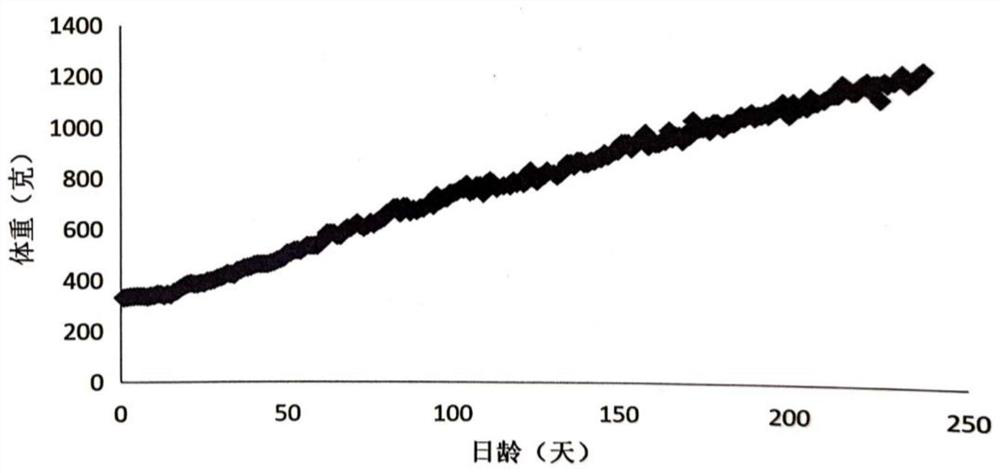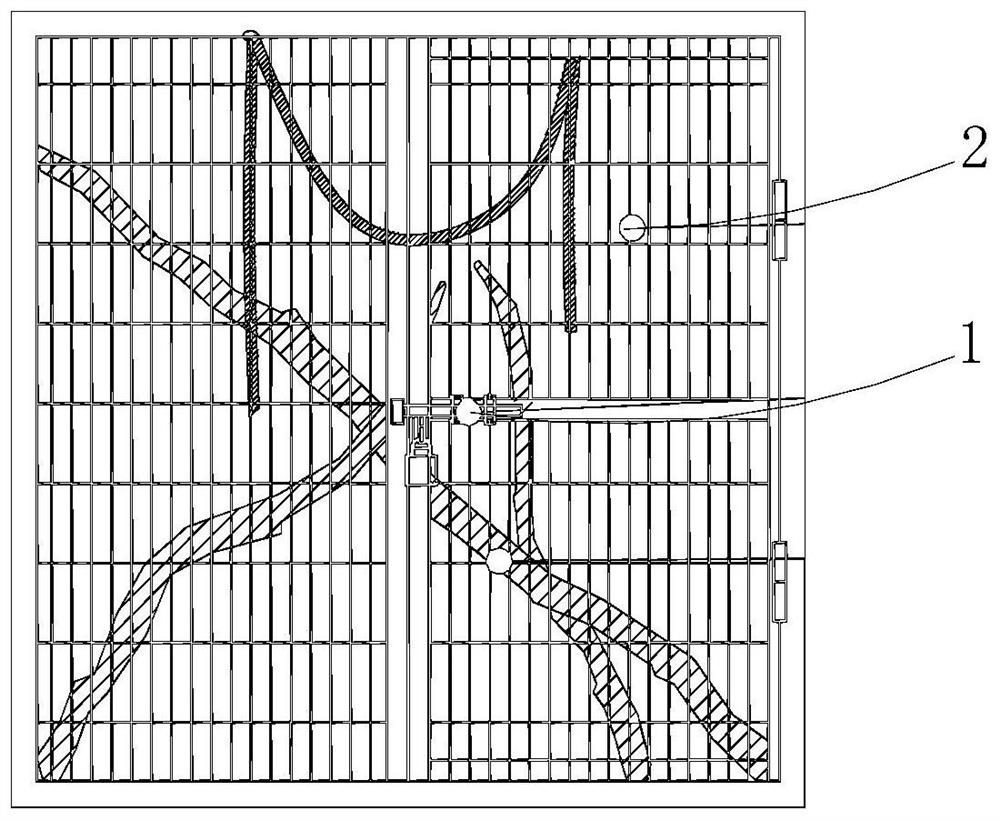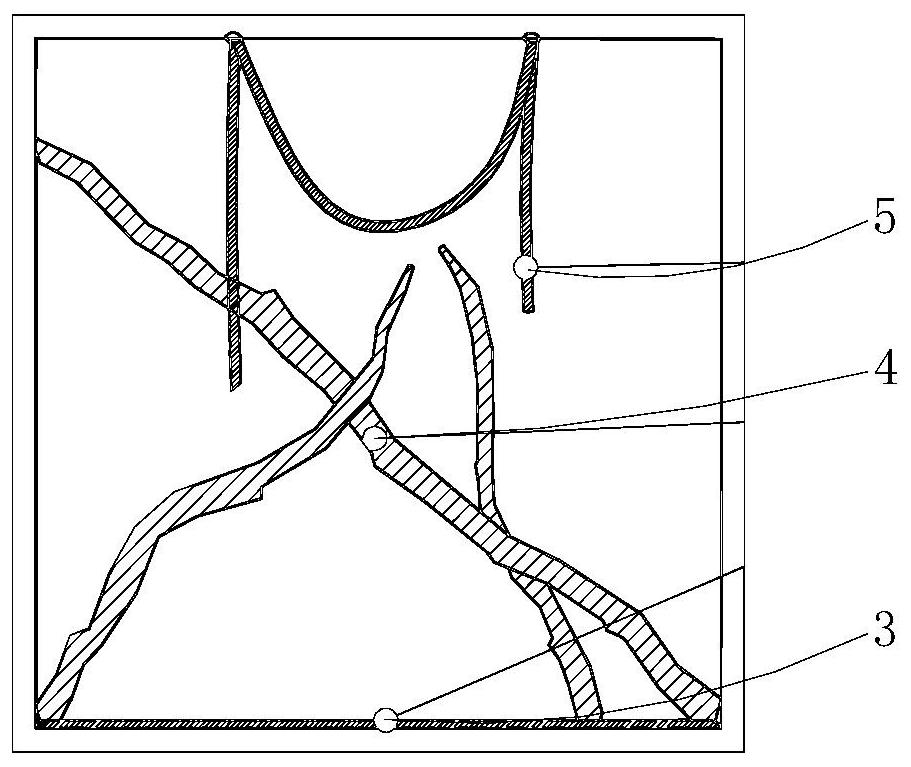Artificial juvenile breeding method for long-tail monkeys
A vervet monkey and artificial technology, which is applied in the field of artificial rearing of vervet monkeys to achieve the effect of enhancing body weight, disease resistance and digestive ability guarantee
- Summary
- Abstract
- Description
- Claims
- Application Information
AI Technical Summary
Problems solved by technology
Method used
Image
Examples
Embodiment 1
[0036] like Figure 1~4 Shown, the artificial rearing method of the vervet monkey, comprises the following steps:
[0037] 1. Preliminary treatment before raising young
[0038] Processing steps before raising babies: (1) Open and preheat the incubator in advance, lay out towels, and then prepare a series of tools such as weighing tools, body temperature, alcohol cotton, gauze, dry towels, hair dryers, and hot water; (2) ) After taking out the vervet monkey cub, carefully observe whether there is any trauma so as to deal with it in time; (3) if the vervet monkey cub is found to be dirty, take a bath with warm water (the water temperature is 38°C), After bathing, dry it with a dry towel in time, and put it into the incubator; (4) for the treatment of the umbilical cord, tie the umbilical cord well, cut it and disinfect it with iodine; (5) weigh the vervet monkey cubs. (6) measure the body temperature of vervet monkeys, and adjust the temperature of the incubator according to ...
Embodiment 2
[0065] Same as Example 1, the difference is:
[0066] Vervet monkey cubs were moved from the incubator to the stainless steel building (length 75cm*width 57cm*height 75cm) at 8 weeks.
[0067] Nutritional supplement consisting of the following components, Calcium Carbonate Vitamin D 3 Chewable tablet 100mg, small Shierkang 1 / 10 # , Biostime Probiotic Granules (Children Type) 0.75g, Vitamin AD Drops 1 / 10 # , Lactobacillus tablet 1 / 10 # .
[0068] The amount of milk fed daily accounts for about 10% of the weight of vervet monkey cubs. Different age groups of vervet monkey cubs choose different amounts of milk. The mass ratio of milk powder to water in the milk powder aqueous solution is 1:6. Complete weaning by 7 months of age.
[0069] Vervet monkey cubs over 7 months old were weaned and completely fed with solid feed. The daily feed included 237 g of fruit, 79 g of vegetables, 10 g of nuts and 5 g of mealworms; the fruit included the following components: 80 g of apples, ...
PUM
 Login to View More
Login to View More Abstract
Description
Claims
Application Information
 Login to View More
Login to View More - R&D
- Intellectual Property
- Life Sciences
- Materials
- Tech Scout
- Unparalleled Data Quality
- Higher Quality Content
- 60% Fewer Hallucinations
Browse by: Latest US Patents, China's latest patents, Technical Efficacy Thesaurus, Application Domain, Technology Topic, Popular Technical Reports.
© 2025 PatSnap. All rights reserved.Legal|Privacy policy|Modern Slavery Act Transparency Statement|Sitemap|About US| Contact US: help@patsnap.com



